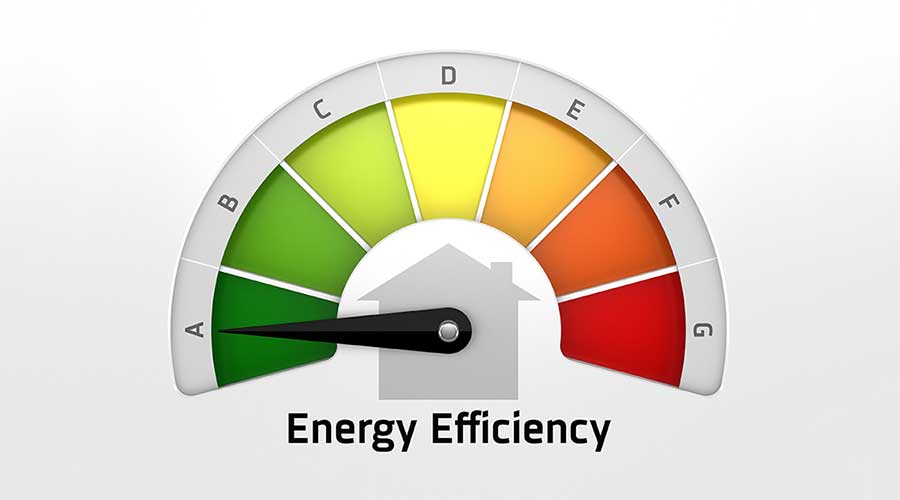Healthcare facilities are known for drawing upon vast amounts of energy to keep their processes running. One such energy-hog in healthcare facilities is HVAC. However, there are energy efficient alternatives to traditional HVAC systems available. In this manufacturer roundtable, Healthcare Facilities Today speaks with HVAC manufacturers about potential energy efficient alternatives to regular HVAC systems.
What are potential energy efficient alternatives to traditional HVAC systems?
“Heat pump systems are a very efficient alternative to traditional HVAC systems. They have made great design strides over the past decade, allowing them to operate effectively in colder climates, which had been a limitation to their regional distribution. Recent technological advances in variable speed inverter-driven compressor technology allow heat pumps to perform in colder climates, with efficient operation well below freezing. Even at low temperatures they are roughly double the efficiency of resistance or gas systems, making them a proven and efficient alternative to traditional systems.
Specific performance tested additives like ThermaClear can also be used on traditional HVAC systems to make them more energy efficient. Designed to combat continual degradation, ThermaClear is a proprietary nano-fluid that optimizes HVAC performance by clearing the coil system from the inside, removing the oil barrier and super-lubricating the compressor. In the process, ThermaClear also bonds to the interior of the coil walls, forming a permanent barrier against future buildup and protecting against thermal degradation. This can restore existing HVAC systems back to peak performance.”
— Michael Daly, chief technology officer, ECM Technologies
“There are many highly efficient HVAC solutions available in the market today. These are typically labeled as high efficiency or will have a higher Seasonal Energy Efficiency Ratio (SEER) rating.
The reality is that it takes more than just buying an efficient machine. Most often even highly efficient machines use more energy than necessary based upon the way they are installed, controlled, operated and / or maintained.”
— David Santo, director of mechanical services, Siemens Smart Infrastructure USA
“The most significant alternative to traditional systems in the US over the last two decades is Variable Refrigerant Flow (VRF) heat pump systems. These inverter driven heat pump systems serve small to large buildings using a modular outdoor unit paired with multiple indoor units with a room-by-room approach. Energy savings over a traditional heating and cooling system commonly range from 30 to 50 percent.”
— Steve Opromolla, mid-Atlantic sales engineer, Fujitsu
“It depends on the building size and location, but the most common conventional HVAC system for mid-price senior living communities is a split-DX with electric resistance heating. These conventional split systems use a DX (Direct Expansion) cooling coil for warm weather conditioning and all-electric resistance heating kits for the colder months.
Alternatively, all-electric heat pumps, including Variable Refrigerant Flow (VRF) heat pumps, are much more energy efficient. Look for models with compressors that use a minimum amount of electricity to reach and maintain set points, providing consistent comfort while reducing energy bills. Unlike conventional systems with compressors that constantly start and stop – a process that takes considerable energy – VRF compressors continuously operate at varied speeds, eliminating the wasteful start-and-stop cycle.
VRF is being used at numerous senior living communities, such as nine communities developed by Capitol Seniors Housing.
All-electric heat pump technology can reduce the air-conditioning electric load for senior living communities by 15 percent to 40 percent and in heating mode by as much as 50 percent to 80 percent. A typical two ton or 24,000 BTU heat pump system can be as much as 50 amps lower in electrical circuit size than a conventional system for a two-room senior apartment.
For instance, at a central Missouri senior living facility with independent living, assisted living and memory care units that I worked with, all-electric heat pumps provided utility cost savings of approximately $600 annually for a single 700-800 square foot senior apartment. For the entire 162-unit senior community, annual savings were $103,000.”
— Randall Towb, senior manager of business development – senior living, Mitsubishi Electric Trane HVAC US
Jeff Wardon, Jr. is the assistant editor for the facilities market.

 The Effect of Over-Cleaning on Human Health
The Effect of Over-Cleaning on Human Health Rumored Terror Threat to Hospitals Prompts FBI Warning
Rumored Terror Threat to Hospitals Prompts FBI Warning Ground Broken on New Johns Hopkins All Children's Hospital
Ground Broken on New Johns Hopkins All Children's Hospital States Move Forward to Better Protect Senior Citizens
States Move Forward to Better Protect Senior Citizens Archer and REDA to Transform Newport Beach Building into Outpatient Center
Archer and REDA to Transform Newport Beach Building into Outpatient Center